Table of Contents Show
There are countless films and television shows that attempt to provide the audience with a glimpse into addiction and its accompanying factors. Out of the many cinematic features that showcase addiction, perhaps one of the most effective is The Lord of the Rings trilogy. Addiction takes on many forms: substances, alcohol, food, videogames, exercise, television, gambling, and the list goes on. Struggle with addiction is not uncommon, and for those who decide to overcome their habits, the fight becomes a lifelong battle, much like its portrayal in The Lord of the Rings.
The Trilogy
At this juncture in time, it would be safe to assume that nearly everyone has heard of The Lord of the Rings. From the films to the epic three series novel by the legendary author J. R. R. Tolkien, The Lord of the Rings has become a household name. It is generally associated with fantastic themes; it is easy for anyone to get lost in this story and forget about the strife experienced in our day-to-day lives. However, upon further analysis of the films, there are many themes presented that are akin to real-life issues. The most prominent issue presented by the series is addiction.

In all three films, The Lord of the Rings: The Fellowship of the Ring, The Lord of the Rings: The Two Towers, and The Lord of the Rings: The Return of the King, addiction is quite literally the root of all evil. The central perpetrator of this evil is the Dark Lord Sauron, who has an insatiable appetite for power. In order to ensure his legacy of evil, he created the One Ring as a tool to enslave all of humanity and their Kings for thousands of years. Sauron knew that the one weakness all men shared was their lust for power, and thus he used it against them.
One Ring To Rule Them All
The One Ring was forged in the fiery depths of Mount Doom, situated in the barren hellscape of Mordor. This ring contained so much power that no man-made or beast-made weapon could destroy it. However, there was one way to destroy the ring, and that was to return it to its place of birth, Mount Doom. In many ways, the ring took on its own existence, and its sole purpose was to divide and conquer.
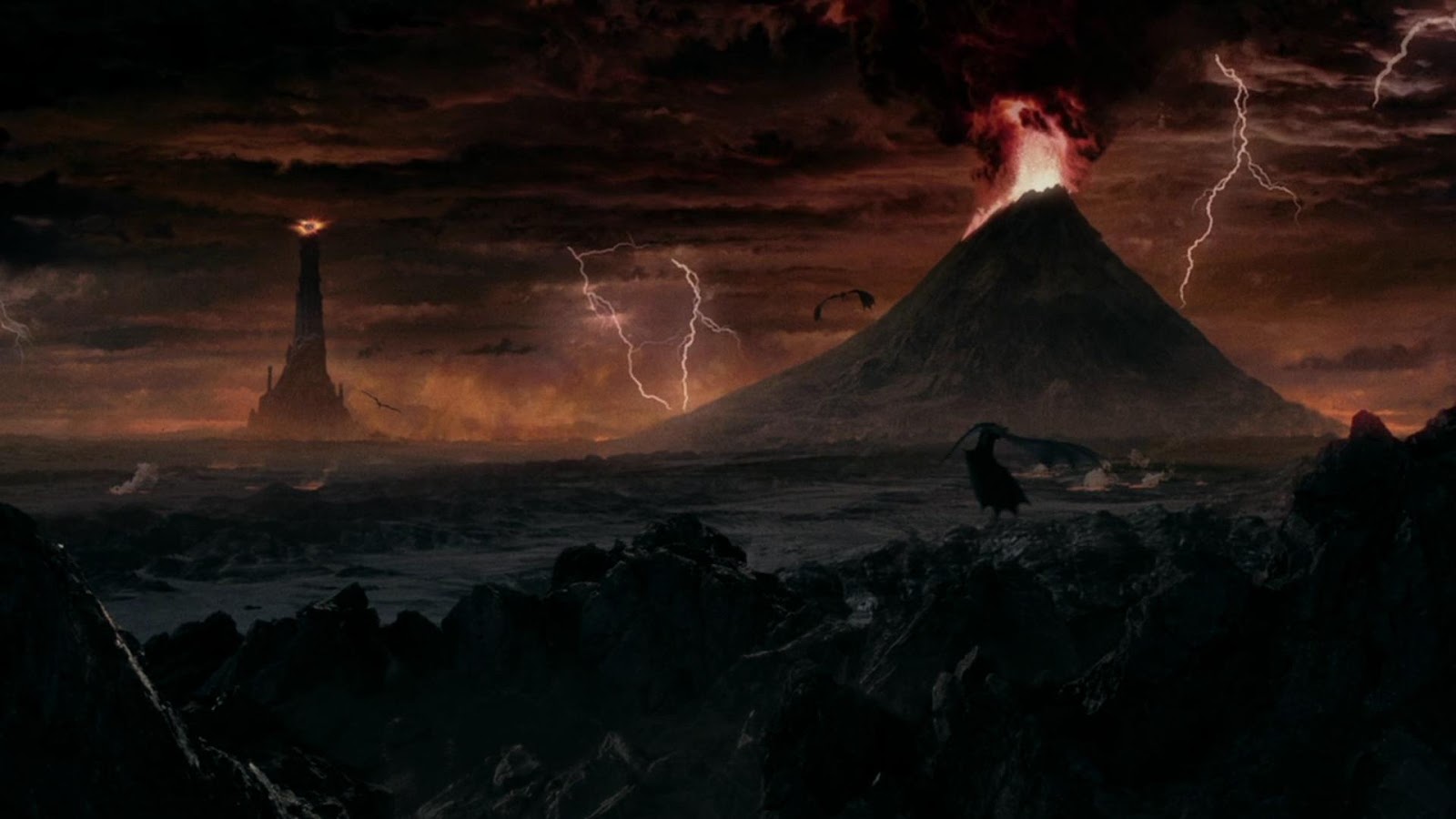
There is, however, a deeper symbolic meaning to the One Ring. In relation to our world, the One Ring is akin to addiction. Once someone or something came into contact with the ring, it began to consume every fiber of their being. This is similar to how addiction works in real-life. Someone might only have one encounter with a substance or other vice, and that is all it takes for addiction to start its cycle. The One Ring operated in the same fashion; one encounter was enough to take hold of someone’s life.
Tolkien’s Personal Ties
There has been much speculation as to whether or not Tolkien had his own battles with addiction, as he is the creator of the One Ring. However, there does not seem to be any concrete evidence to support this theory.
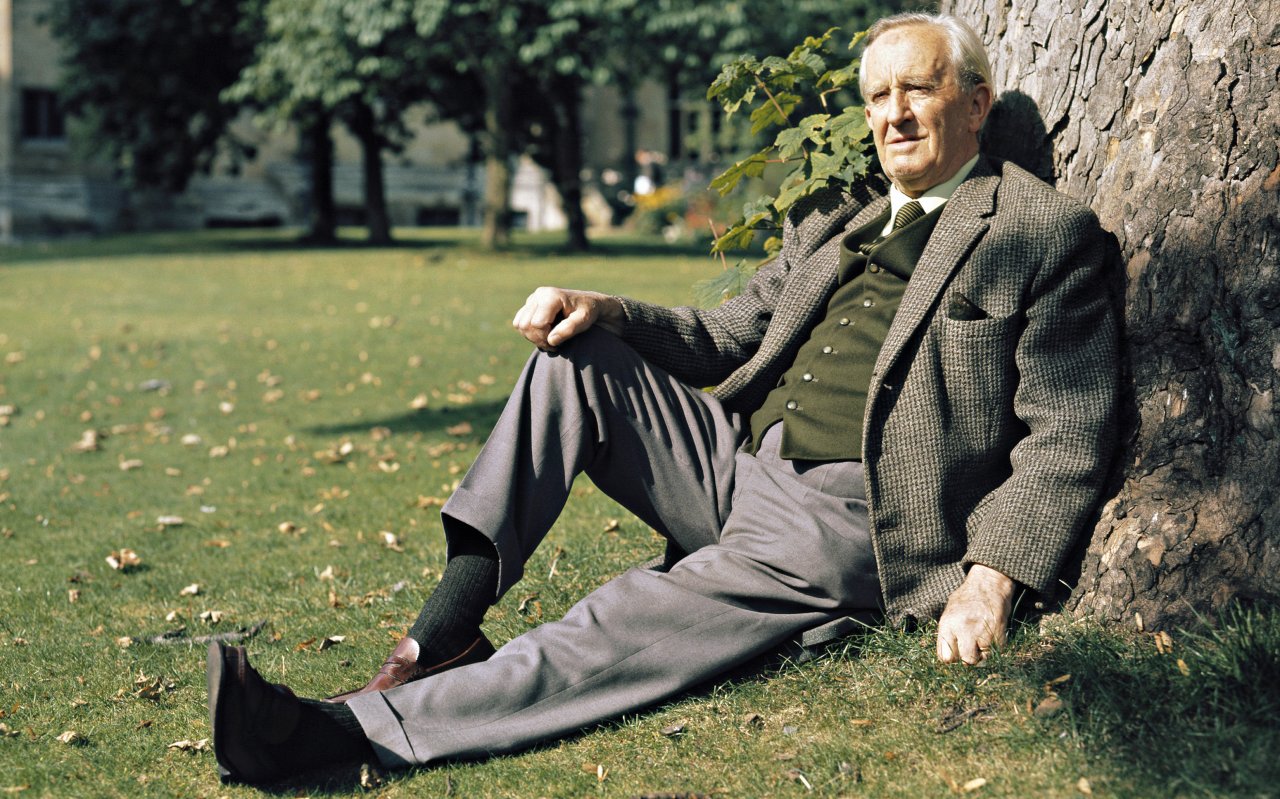
Much of Tolkien’s personal life has recently been explored in the self-titled film Tolkien released in 2019. Born in January of 1892, Tolkien spent much of his existence reading and writing despite his tragic childhood. By the age of twelve, both of his parents had died. Before his mother, Mabel Tolkien’s, death, she had granted guardianship of John to her close friend Father Francis Xavier Morgan. Experiencing these waves of tragedy drove Tolkien further into his writings, where he created a new world.
John went on to be wildly successful as an author and a highly renowned English professor at multiple prestigious universities in England. In regards to Tolkien’s portrayal of addiction, one of the more plausible explanations is that he most likely encountered it through colleagues and other friends around him. It is also important to note that addiction looked quite different in the early twentieth century compared to today. Aside from alcohol, the only substances available were morphine and opium, highly addictive derivatives of the modern drug heroin.
Gollum: Lost To The Ring
The first character that the One Ring consumed was Gollum, played by Andy Serkis. Prior to meeting the One Ring, Gollum was a Hobbit who went by the name of Sméagol. On one fateful afternoon, Sméagol went on a fishing trip with his relative Déagol, played by Thomas Robins. Being avid fishermen, they were used to catching large fish. Although, Déagol was in for a surprise when a giant fish took the bait and launched him into the water. This is where Déagol spotted the One Ring, hidden beneath the algae overgrowth for centuries.
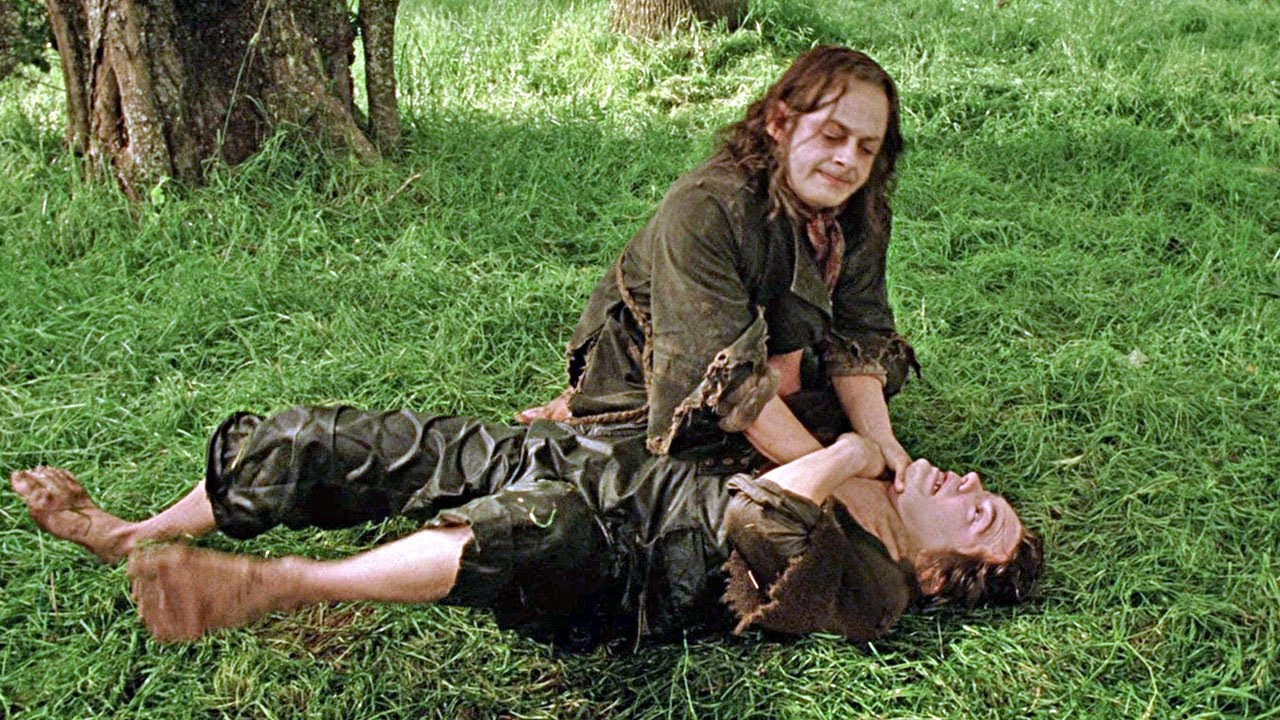
After Déagol spotted the ring, he grabbed it and quickly swam to shore. Mesmerized by the One Ring, he immediately tried to conceal it from Sméagol. However, his concealment failed, and Sméagol took a strong liking to the shiny object. Enraged by Sméagol’s interest, the two Hobbits began fighting, but only one prevailed. Possessed by the evil that is the One Ring, Sméagol proceeded to murder Déagol, and his descent into addiction ensued.
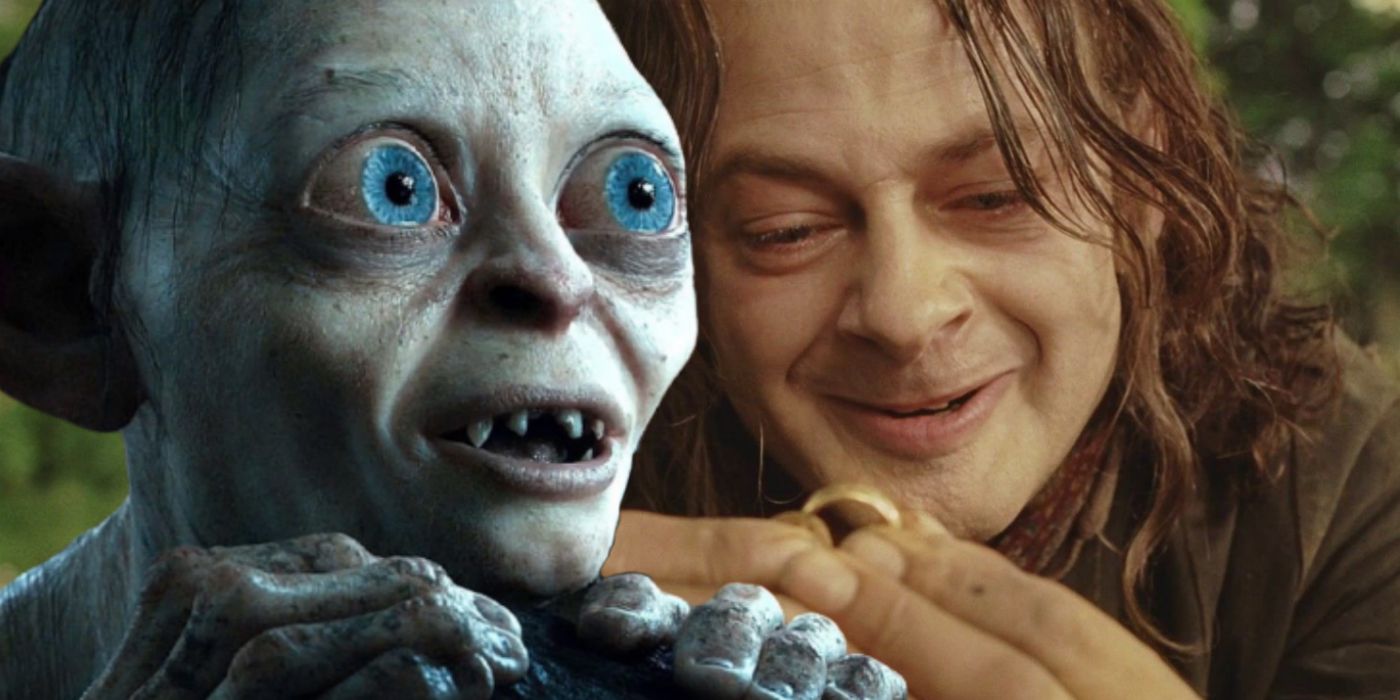
The change in Sméagol was instantaneous. Now that he possessed the One Ring, nothing else mattered, only his “precious.” Not only did a drastic physical change occur, but a psychological change occurred as well. These changes occurred over a span of nearly five centuries, where Sméagol eventually transforms into the creature known as Gollum.
Clearly, this situation with Sméagol is purely fictional, but it mimics many of the effects experienced by addicts in real-life. Once someone is deep in the throes of addiction, every other part of their existence fades away. This is generally accompanied by psychological and physical changes, especially for someone who struggles with substance abuse. The unfortunate reality of severe addiction, such as the dynamic of Sméagol and the One Ring, is that sometimes people are unable to overcome this disease.
The Unlikely Ring Bearer
The One Ring had found its way to multiple victims throughout its nearly five-thousand years of existence. After Sméagol, the ring landed in Bilbo Baggins’ possession, another Hobbit. This part of the journey is not deeply explored in The Lord of the Rings films, but it is addressed in The Hobbit film series and novel.

In The Hobbit film series, the life of young Bilbo Baggins, played by Martin Freeman, is explained. The audience learns that Bilbo stumbled upon the One Ring while exploring Gollum’s lair, and this is where the plot began to thicken. After about six decades of possessing the One Ring, the audience is re-introduced to Bilbo, this time played by Ian Holm, in The Lord of the Rings: The Fellowship of the Ring. This meeting was on the eve of Bilbo’s one hundred and eleventh birthday. Not displaying the usual effects of old age, Bilbo’s youthful appearance and prolonged life were due to the effects of the One Ring.
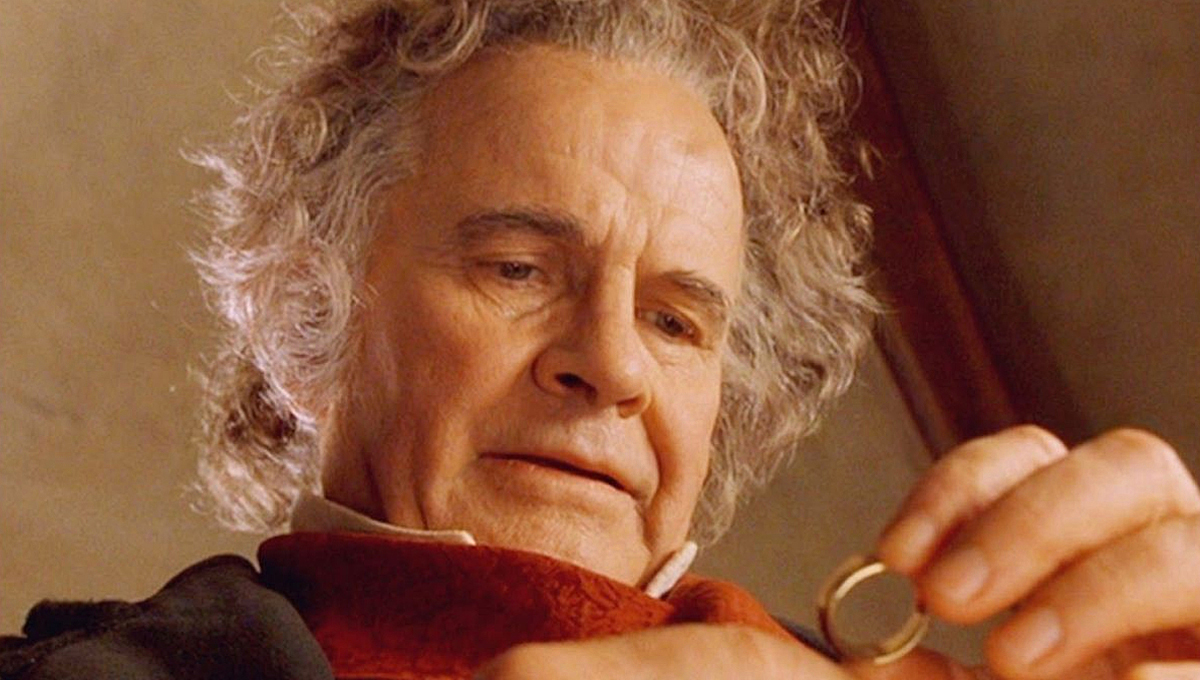
It is apparent that Bilbo had not undergone the same transformation as Gollum when he possessed the ring, but there are still similarities. The most accurate depiction of Bilbo in relation to real-life addicts would be the occasional user. Perhaps someone who indulges in their addictions from time to time but can still carry on with a somewhat “normal” life. One of the main reasons Bilbo did not experience the same fate as Gollum was because of his support system. Gollum had completely isolated himself and had no one around to keep him grounded. This reiterates the importance of having a support system, an integral part of managing addiction and staying on the path to recovery.
A Family Affair
Continuing Bilbo Baggins’s story, he knew the day would come when he would have to give up the One Ring. Upon handing the ring over to Gandalf, played by the great Sir Ian McKellen, the two men knew the ring would have to be destroyed for good. They also knew that whoever decided to take on destroying the One Ring would have to make the ultimate sacrifice, their life. Naïve and always ready for an adventure, Frodo Baggins, played by Elijah Wood, decided to take on this responsibility. This was when the real story began.
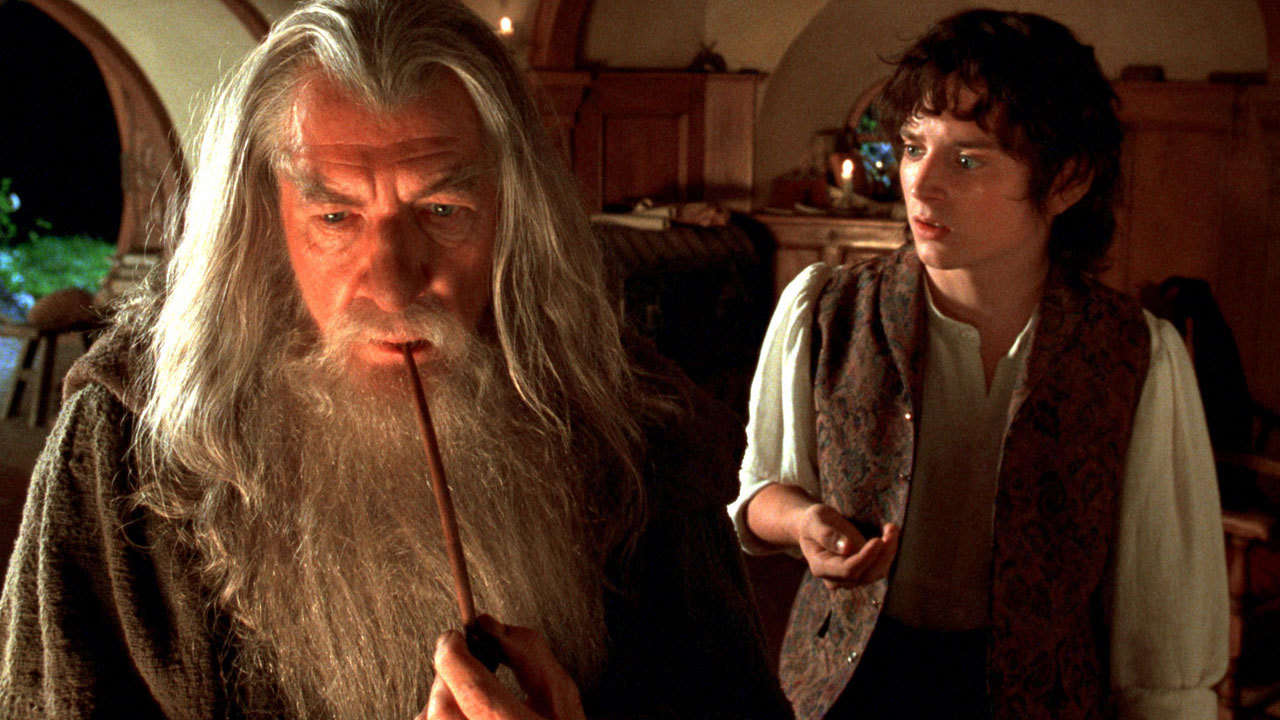
Frodo was aware of the sacrifices he would make to save Middle Earth and, ultimately, their entire world. When Frodo first took the ring into custody, he was able to thwart its sinister allure, but the temptation became unbearable over time. The power of the ring asserted itself in times of weakness, which speaks volumes to how real addiction works. When Frodo was fearful or angry or hopeless, his first instinct was to grab for the ring. This became more apparent as the journey to Mount Doom ensued. However, Frodo had the ultimate weapon to combat this temptation, Samwise Gamgee.
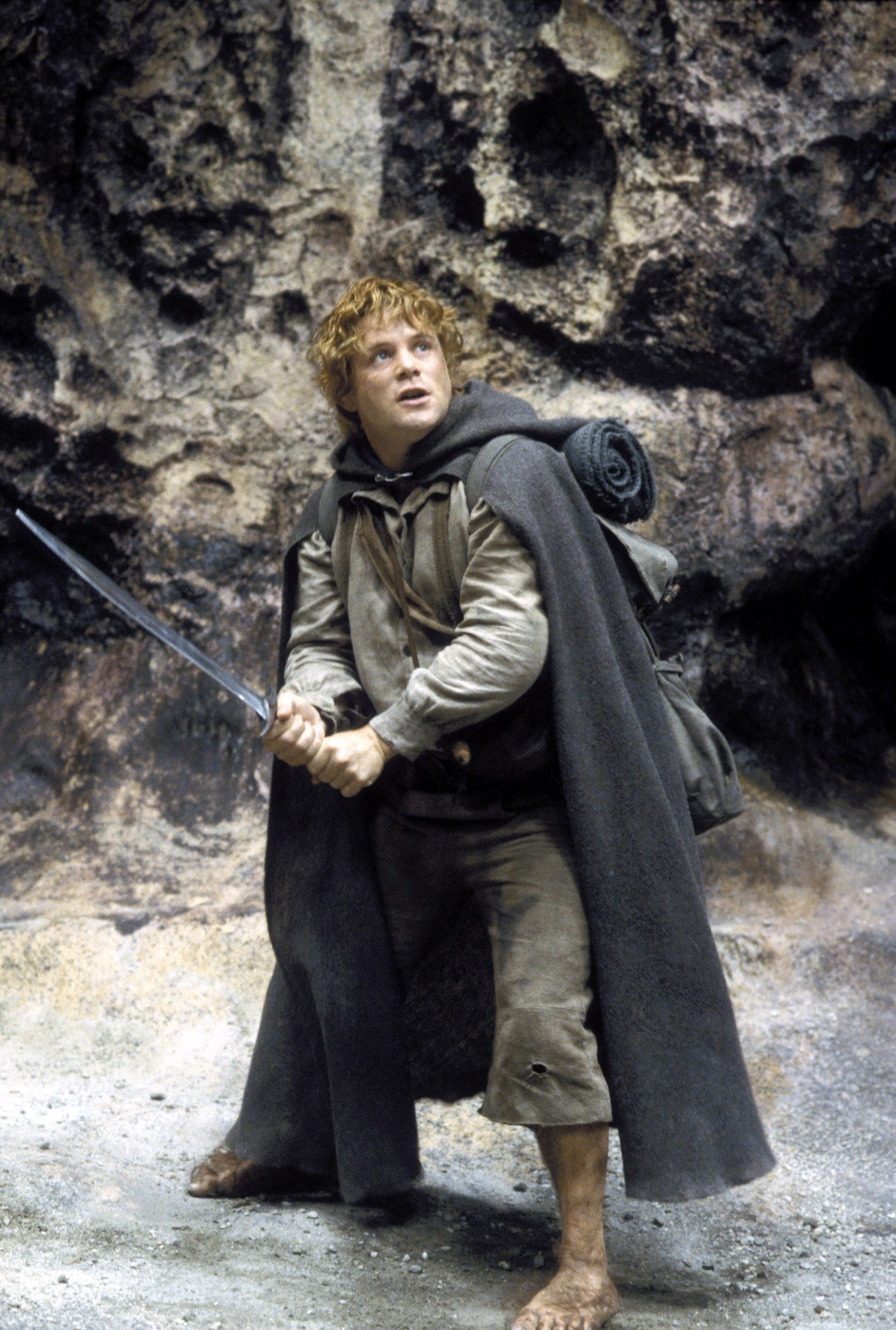
Played by Sean Astin, Samwise Gamgee, also known as Sam, is the most fearless and supportive best friend anyone could ever ask for. Arguably, without Sam, Frodo would have never been able to complete the journey to Mount Doom. There were countless times when Sam either saved Frodo’s life or deterred him from putting on the ring, all of which equated to them surviving the journey. The dynamic between Frodo and Sam represents the type of support someone needs when recovering from addiction. A friend that will be there for you no matter what, even if that means getting upset with them for doing what’s best for you.
The Plunge Into Mount Doom
When Sam and Frodo arrived at the base of Mount Doom, Frodo was barely alive. Faced with hunger, exhaustion, and the weight of the ring, this final leg of the journey seemed impossible. However, Sam came to the rescue once again and carried Frodo up the scalding hot slopes of the mountain to the entrance of Mount Doom.
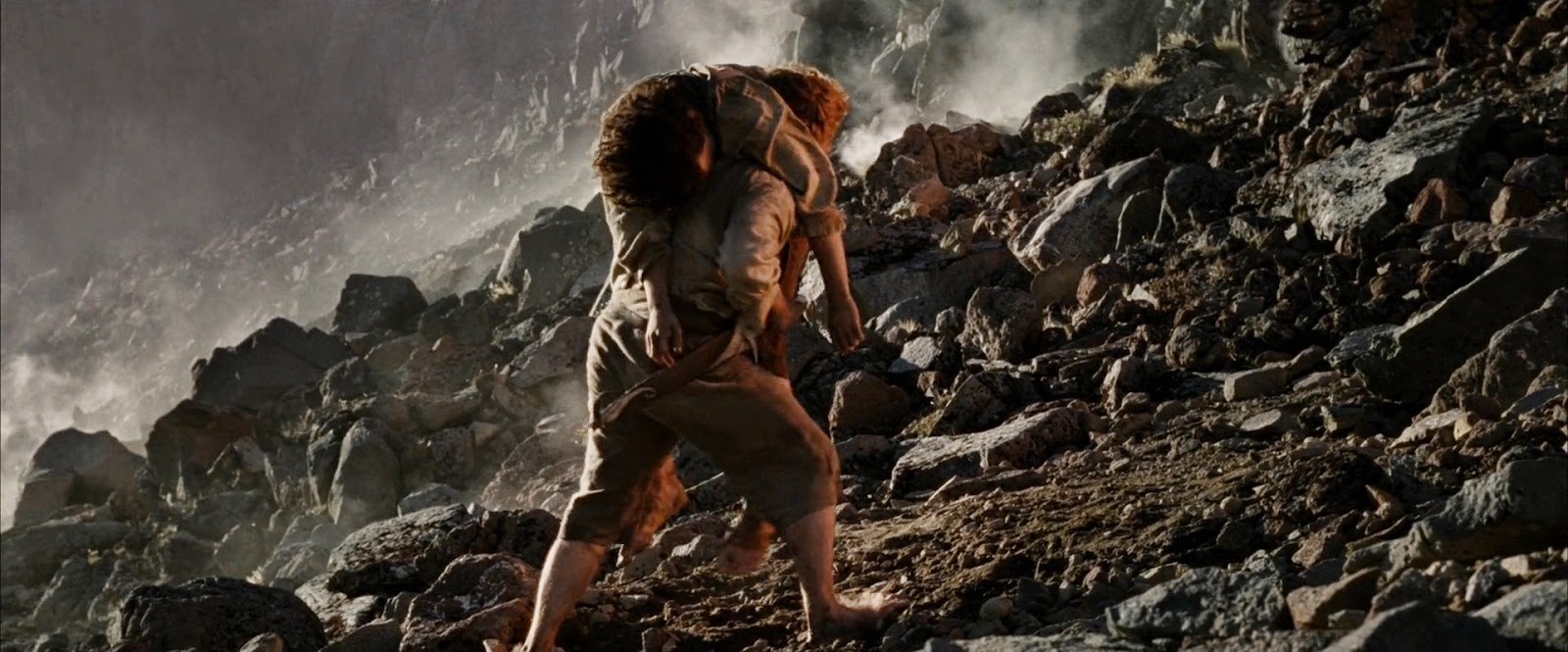
Despite all the help from Sam, Frodo had to finish this journey alone. Ultimately, it was up to Frodo to destroy the One Ring and toss it into Mount Doom’s fiery depths. While at the edge of Mount Doom’s walkway, Frodo had second thoughts. The longer Frodo stared at the ring, the more difficult the decision became. While Frodo contemplated his next move, he was met by an enraged Gollum. At this juncture, Gollum bit off Frodo’s finger and plummeted into the fiery abyss.
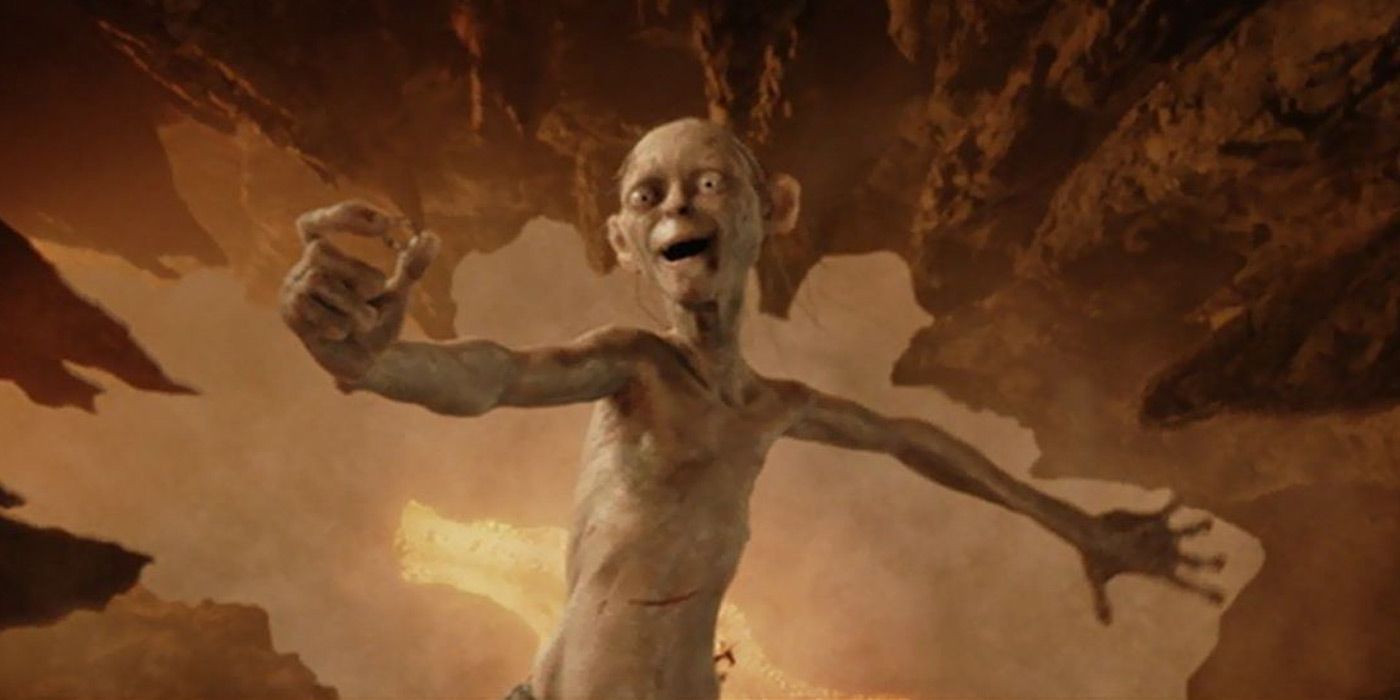
There is an abundance of symbolism in this scene, all of which alludes to addiction. Frodo and Gollum’s juxtaposition portrays what could have been Frodo’s future had he not made the journey to Mount Doom with Sam. Death and destruction were the imminent outcomes if the One Ring had survived, essentially becoming a choice between life and death. This choice between life and death is something severe addicts in the real world are also faced with. However, when provided with the support and resources they need, many recovering addicts will choose life.
Combating Addiction
Despite the fun involved with The Lord of the Rings, addiction is a very real and severe topic. In lieu of current times and the pandemic, many people are feeling more isolated than ever. Because of this isolation, succumbing to their vice may feel like the only way to escape, but this is not the case. No matter the circumstances, there will always be people who care about you and your wellbeing. If you or someone you know struggles with addiction and their mental health, please do not hesitate to seek help. There are many free and accessible resources available, including the SAMHSA (Substance Abuse and Mental Health Services Administration). SAMHSA offers various 24/7 toll-free hotlines as well as additional resources on their website.
